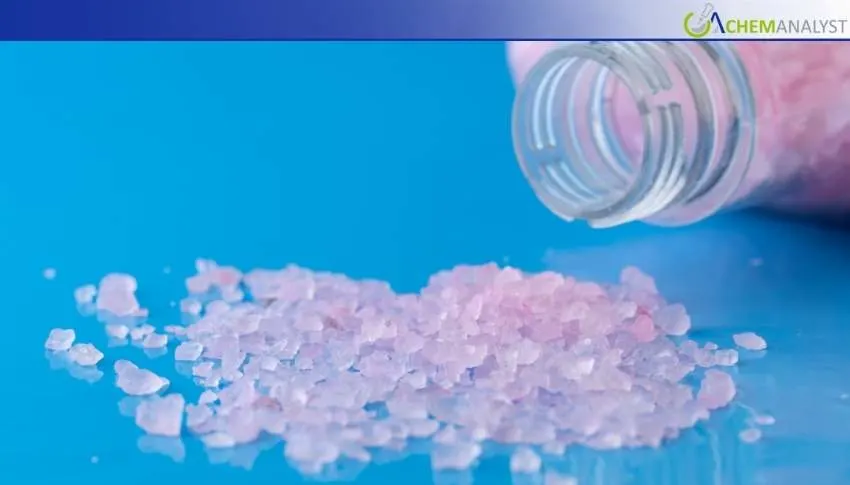Welcome To ChemAnalyst

The US lithium fluoride market was stable in early October, following a stable September, with no changes to prices, even with the federal EV tax credit expiring on September 30. Sales of EVs were up 21.1% year-over-year and 30% at spring levels, supported by EV tax credits of $7,500 for new vehicles and $4,000 for used vehicles, but lithium fluoride was not impacted because of its role as a battery electrolyte and ceramic material. Ongoing US lithium fluoride imports from China were solid, contrasting with other lithium materials that were experiencing some unpredictability. Policy shifts were part of the current uncertainty in government, making EVs more accessible to consumers, including the repeal of the EV credits that cost the government $190 billion over ten years, as well as ongoing oil lobbying. Lithium fluoride's broad type of use insulated them from the worst effects of these changes. With EV penetration more than 11% and continuing stability by the end of the month, lithium fluoride as a material for clean energy remained strong.
At the beginning of October 2025, the lithium fluoride market in the U.S. displayed remarkable stability in demand, supported by steady demand from electric vehicle battery components and battery-related industries, despite the federal EV tax credit expiring, creating potential uncertainties for larger lithium materials. However, the U.S. continued to receive imports of lithium fluoride from China.
The price of lithium fluoride experienced stability during September 2025, with no major fluctuations or trends observed. This stability is seen as being reflective of a healthy supply chain. The reliance on imports from Asia, mostly from China, led to a steady supply of lithium fluoride, which is needed for specialized applications in lithium-ion battery electrolytes and high-performance ceramics. Other lithium compounds, including lithium hydroxide and lithium carbonate, were experiencing volatility as EV OEMs ramped up production.
The end date of the $7,500 federal tax credit for new electric vehicles and $4,000 for used ones on September 30 sparked a rush of new EV sales. However, the lithium fluoride market did not feel any impact in terms of pricing. Compared to the same time a year ago, the sales data indicated a 21.1% increase and 30% more than spring, driving up overall lithium demand, but lithium fluoride's specialized niche in battery technology insulated it from immediate impacts.
With EV penetration exceeding 11% in September, the emphasis on domestic supply chains demonstrated lithium fluoride's critical role in accomplishing US clean energy goals. Imports from China, for example, supported processing plants, savings jobs, and increased competition. Furthermore, the stability of lithium fluoride allowed manufacturers to continue production with little or no change to production schedules, regardless of upheaval within the industry regarding policies.
While policy changes complicated the lithium market, lithium fluoride avoided much of the turmoil. The elimination of tax credits, which is projected to result in a savings of $190 billion over the next decade, raised concerns for demand in other sectors. Oil interests continued to lobby for the elimination of subsidization for EVs, influencing market sentiment, but there continued to be consistent imports from Asia.
Uncertainty existed due to the administration's plans to ease limits on greenhouse gases, which could impact long-term demand. However, lithium fluoride’s flexibility for nuclear and optical applications provided some level of diversification insulated against EV-specific volatility, resulting in stable import flows from China.
According to the ChemAnalyst, the US lithium fluoride market is expected to remain strong in the near-term future and potentially even experience mid-level growth if automakers continue to invest in EVs around the globe.
We use cookies to deliver the best possible experience on our website. To learn more, visit our Privacy Policy. By continuing to use this site or by closing this box, you consent to our use of cookies. More info.
